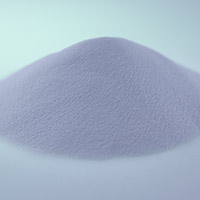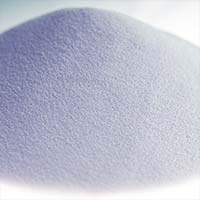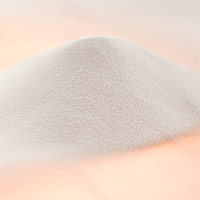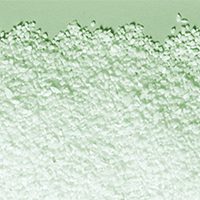Calcined alumina is made by firing a source alumina at various temperatures, depending upon desired level of calcination (burn), into alpha alumina varying from 5 – 100% moving it to its densest and most stable form. The calcined alumina particles appear as crystalline agglomerates which are larger when the degree of calcination is higher. Calcined alumina is generally used in the manufacture of refractories, glass and enamel, tile and porcelains and ceramics, including electronic ceramics, etc. AluChem’s calcined family of products are available in unground and ground forms and in various grades based upon: degree of calcination; soda content; and particle size distribution. Typical properties of calcined alumina are:
• High thermal conductivity
• High level of refractoriness
• Chemical inertness
• Wear and abrasion resistance
• Dimensional stability
• High electrical resistivity
• High heat capacity
Calcined Alumina

Calcined Alumina Suppliers

Calcined Alumina Manufacturers

Calcined Alumina Polishing

calcined alumina powder

Manufacturers of Calcined Alumina

Calcined Alumina

Calcined Alumina Suppliers

Calcined Alumina Manufacturers

Calcined Alumina Polishing

Calcined Alumina

Manufacturers of Calcined Alumina

Calcined Alumina

Calcined Alumina Suppliers

calcined alumina

calcined alumina

calcined alumina

calcined alumina



